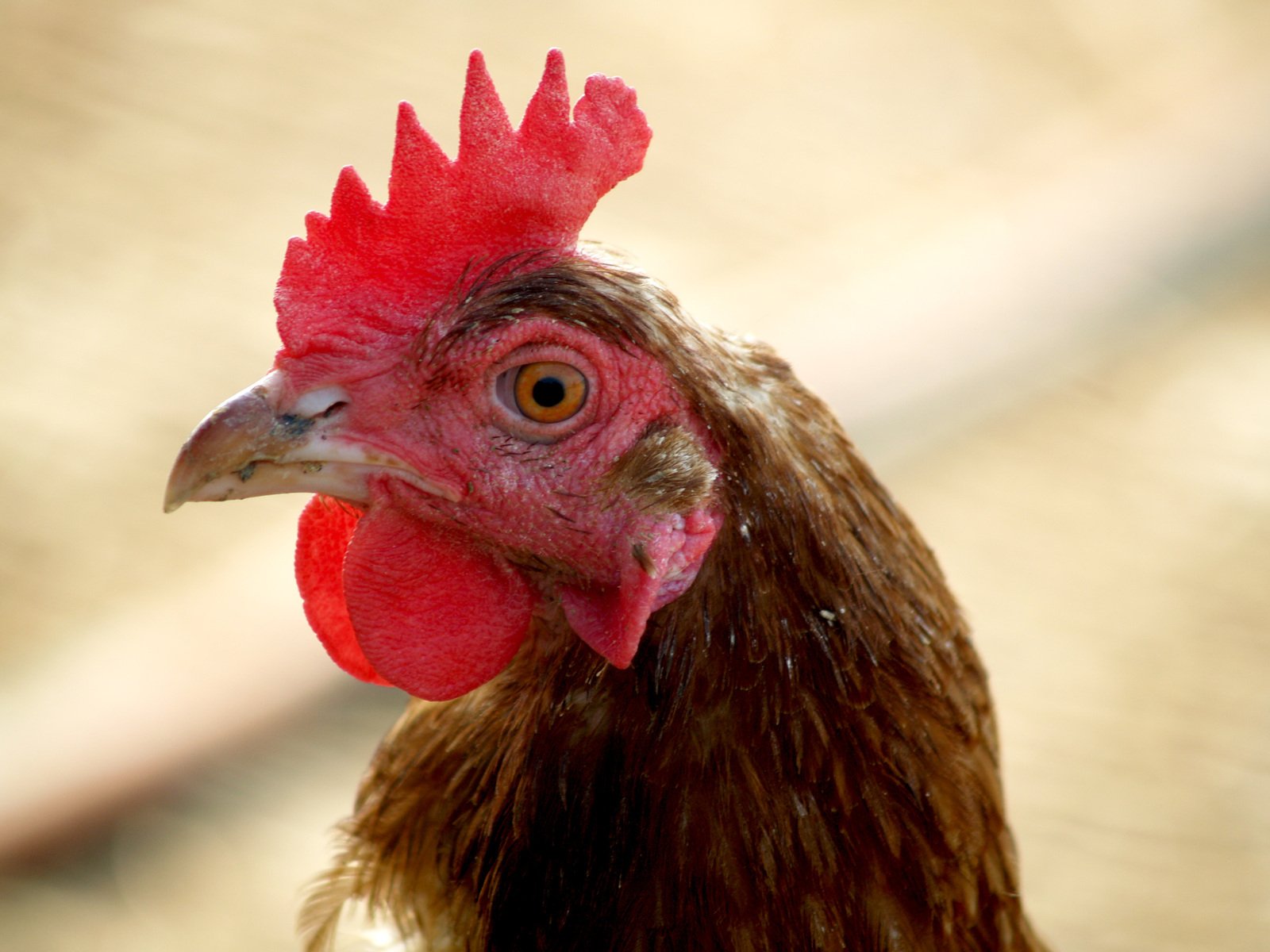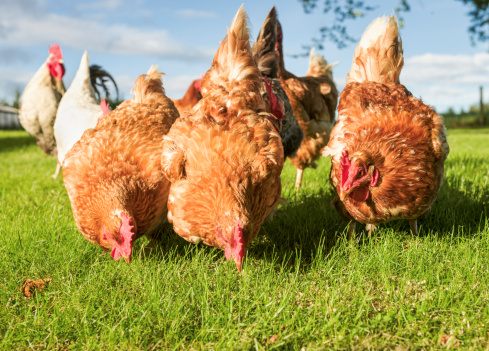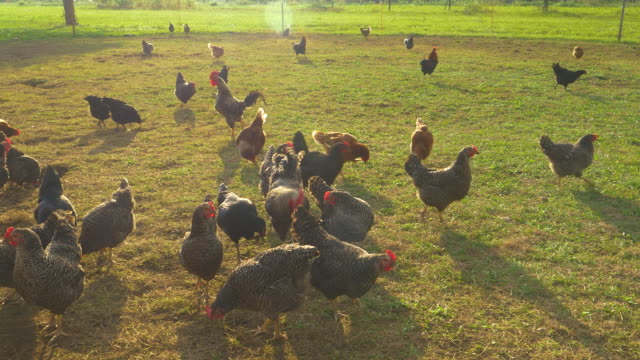Seldom do we regard chickens as creatures with extraordinary sensory capabilities. Yet these ubiquitous birds possess a complex and fascinating visual system that can teach us volumes about the adaptability and diversity of nature. Chickens have developed sophisticated eyesight to navigate their environment, find food, evade predators, and engage in social interactions. This article delves into the remarkable features of a chicken’s vision, elucidating the wonders behind those bright, observant eyes.
The Full Spectrum: Color and Ultraviolet Perception
Contrary to popular belief, chickens not only match but also surpass humans in color perception. While we see colors as a combination of red, blue, and green light, chickens perceive a wider spectrum that also includes ultraviolet (UV) light, invisible to the human eye. This enhanced color vision helps chickens detect minute differences in food quality, as the presence of certain nutrients can alter the UV reflectance of grains and insects. It also plays a crucial role in mate selection, as chickens use UV light to evaluate the health and viability of potential partners.
360-Degree Awareness: Wide Field of View
The placement of a chicken’s eyes on either side of its head provides a nearly panoramic view of its surroundings, a far wider field of view than humans possess. This extensive visual coverage is vital for spotting predators and identifying opportunities for food and shelter. However, it comes at the cost of depth perception, which requires overlapping fields of vision. Chickens do have a certain degree of binocular vision (using both eyes to focus on one thing) when they direct their attention straight ahead, but their primary strength lies in monocular vision (using each eye independently), providing a broad overview of their environment.
Mastering the Shadows: Light Sensitivity
Chickens exhibit remarkable sensitivity to changes in light, possessing more light receptors in their eyes than humans. This sensitivity contributes to their finely tuned internal biological clock, triggering behaviors such as roosting at dusk and waking at dawn. Their light perception is so precise that even the slightest alterations in daylight length can affect their eating patterns and egg-laying cycles.
Close-up Clarity: Fine Detail Recognition
Chickens excel in discerning fine details, especially for close objects. This keen close-up vision is vital for their feeding habits, allowing them to peck selectively among grains of sand for food particles. Chickens are also able to recognize and remember the minute facial features of numerous individuals, a crucial ability for navigating their complex social hierarchies.
Interconnected Seeing: Monocular and Binocular Vision
Chickens have the remarkable ability to switch between monocular and binocular vision. While their wide field of view depends on monocular vision, they can employ binocular vision for tasks requiring depth perception, such as pecking at food or scrutinizing their surroundings. This ability to alternate between different visual focuses illustrates the flexibility and complexity of the chicken’s visual system.
Conclusion
Despite its seemingly humble existence, the chicken boasts an extraordinarily sophisticated visual system. From its expansive field of view to its ability to perceive UV light, from its sensitivity to light changes to its precise close-up vision, the chicken’s eyesight is a testament to the adaptability and complexity of nature. These attributes not only facilitate survival but also enrich the chicken’s interactions with its environment and its fellow creatures. The next time you see a chicken peering into the world, remember that it sees the world in ways we humans can barely imagine.



